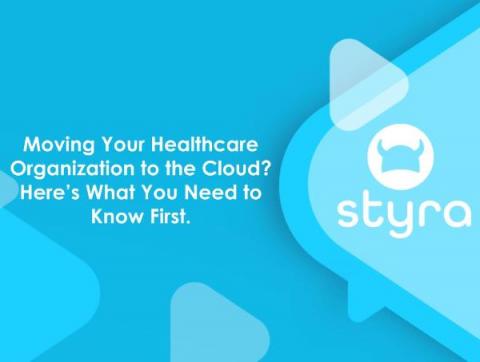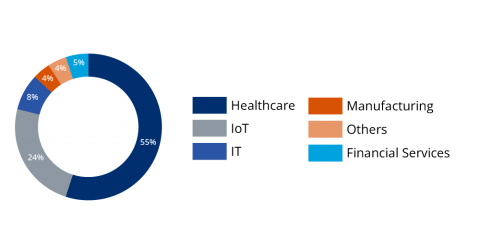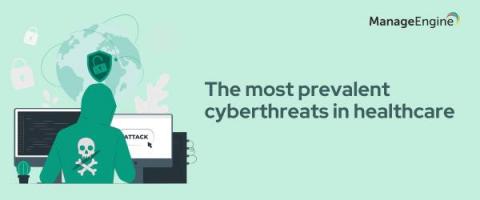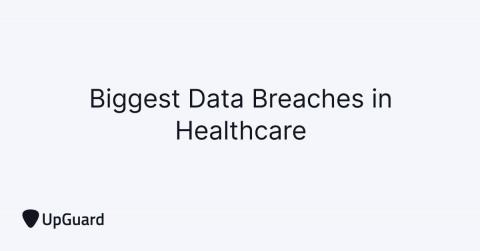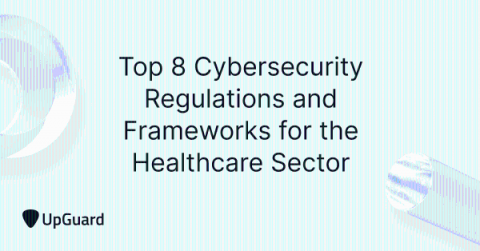Healthcare focus: Need for resilience
Data breaches are still on the rise in healthcare. 2021 accumulated 686 healthcare data breaches of 500 or more records in 2021, resulting in 45M exposed or stolen healthcare records. 2022 is off to a poor start with over 3.7M healthcare records compromised as of 3/2/2022.





